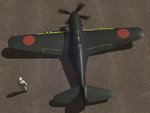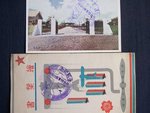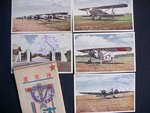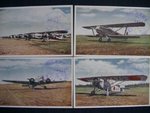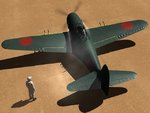proton45
Senior Airman
Thanks Wayne, kaigunair for your reading again!
Thanks proton45 for your opinion about history.
That has reminded me of a testimony about the Battle of Shumushu (northern part of Kuril Islands) on August 18, 1945 when the war was over but the island received sudden attacks by the former Soviet Union.
As this will be a long story, I would like to introduce it on another occasion but, if I may introduce it in a word here, the battle scene reminded me of that of Iwo-Jima!
The "Battle of Shumushu"...wow, looking forward to reading this.

